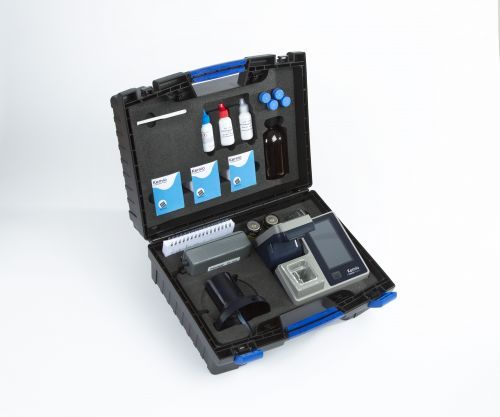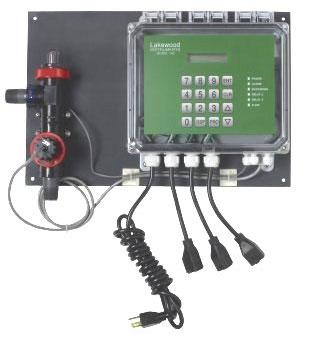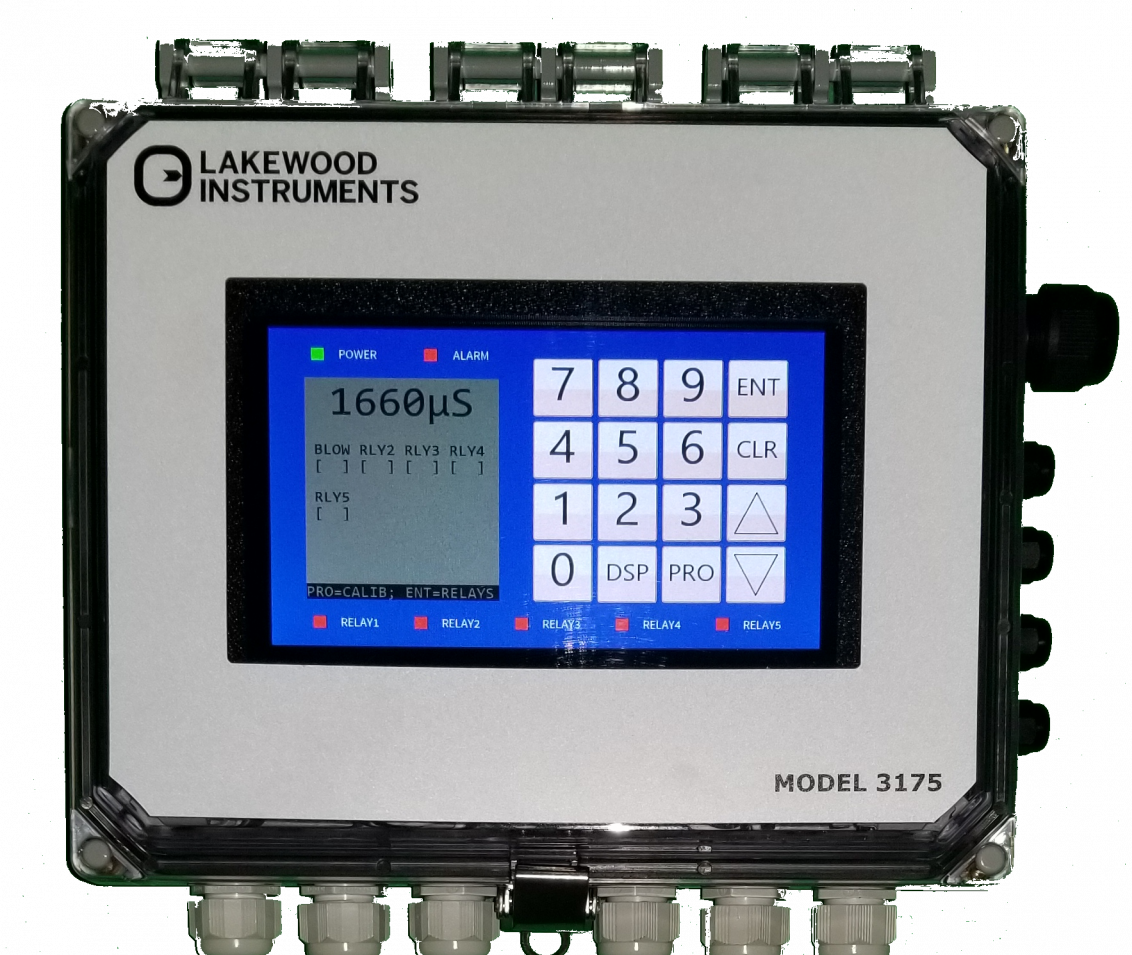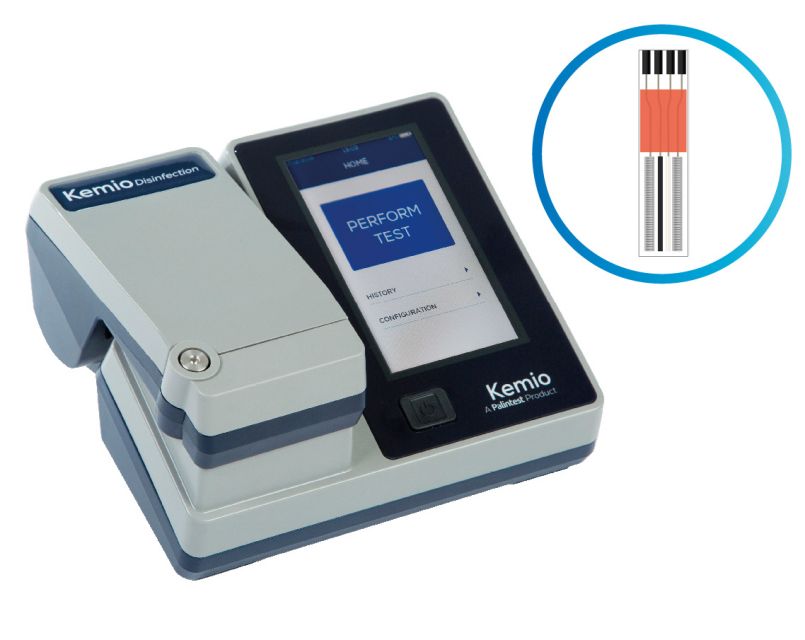Kemio, the best instrument for disinfection monitoring!
October 22, 2019 0 Comments

Repeatable, reliable results Kemio reduces complexity and subjectivity for the user, minimizing chances for error, and delivering repeatable results for any operator. Multiparameter testing platform Kemio can test for free chlorine, total chlorine, chlorine dioxide, chlorite and peracetic acid (PAA), with new sensors added to the same device. Kemio also allows for simultaneous measurement of free and total chlorine.
Fully traceable results Kemio automatically stores up to 10000 results to provide a traceable, auditable dataset; removing chance for admin errors with manual data logging. Personalized to your testing needs Give meaning to your test results with application specific information, and set test limits to give clear direction for the user.
Order one now! Click here!
Also in Blog

Advanced Cooling Tower Management: Enhancing Efficiency with Lakewood Model 140
February 28, 2024 0 Comments

Optimizing Cooling Tower Performance: Understanding Efficiency, Maintenance, and Water Quality Management
February 28, 2024 0 Comments

Revolutionizing Water Analysis: Everything You Need to Know About the Kemio KEM10DIS
April 19, 2023 0 Comments

